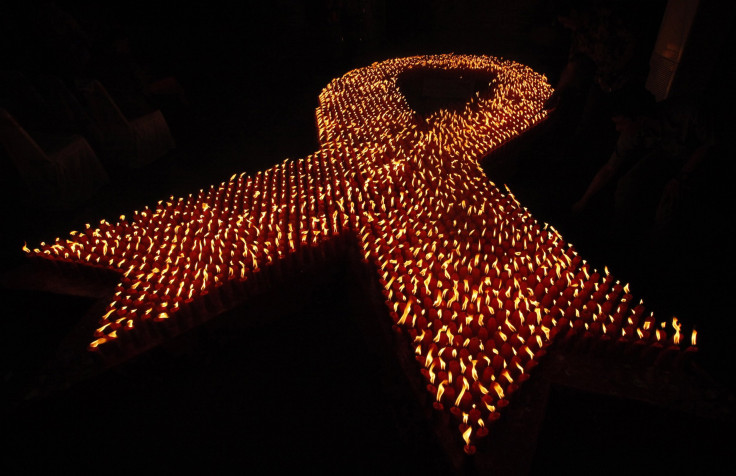Vaccine For HIV May Depend On Where The Infection Began

The early detection of life-threatening diseases such as HIV has proven to be valuable in getting patients the correct treatment. Researchers now say a possible vaccine could be developed by mapping the immune system's earliest responses to contracting the virus.
In its most recent data from 2010, the Centers for Disease Control and Prevention estimated 47,500 new cases of HIV infection in the United States. Flu-like symptoms associated with HIV usually take a few weeks to occur after infection. Some people are infected but never experience any symptoms making them appear healthy while the disease attacks the body's functions.
Vaccines against HIV are generally ineffective because the virus mutates at a quick pace to avoid the response of antibodies. A study published in the April 3 edition of the journal Nature has examined a particular HIV patient whose immune system was successfully able to destroy the pathogen.
"For the first time, we have mapped not only the evolutionary pathway of the antibody, but also the evolutionary pathway of the virus," said Barton F. Haynes, M.D., director of the Duke Human Vaccine Institute. "[This could help define] the sequence of events involved that induce the broadly neutralizing antibodies."
The genesis of this potential cure came in the form of an HIV patient from Africa whose immune system was able to attack the virus's weakest points even though it had already mutated itself. Haynes and his colleagues discovered the individual's high-powered immune response was triggered by the outer envelope, the viral surface glycoprotein.
Viral glycoprotein is essential for the entry of the HIV infection into the white blood cells of the immune system, also known as CD4+ cells.
"The next step is to use that information to make sequential viral envelopes and test them as experimental vaccines," Haynes said. "This is a process of discovery and we've come a long way with regard to understanding what the problem has been."



























